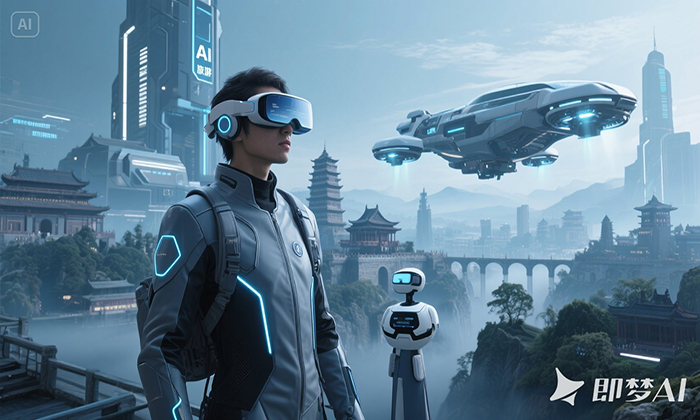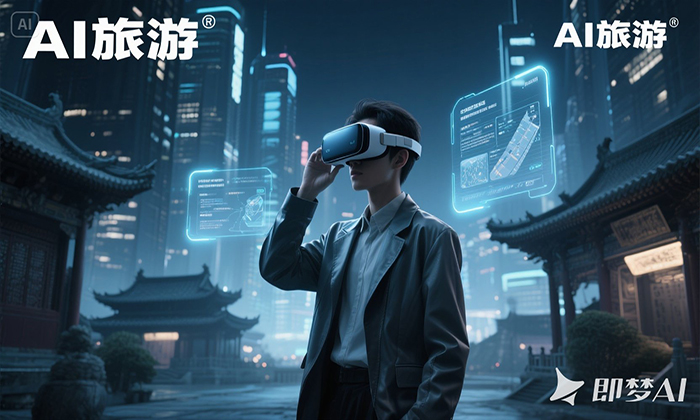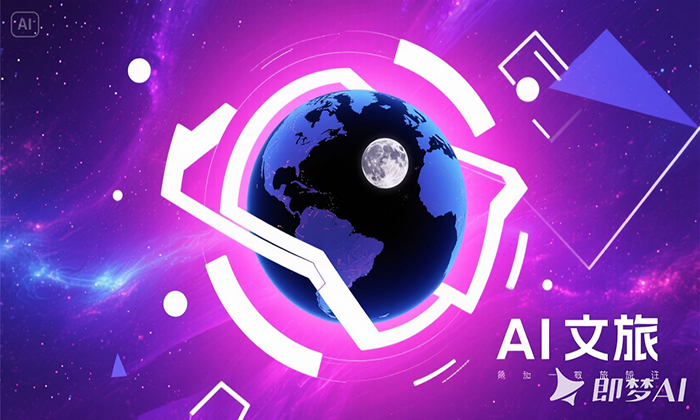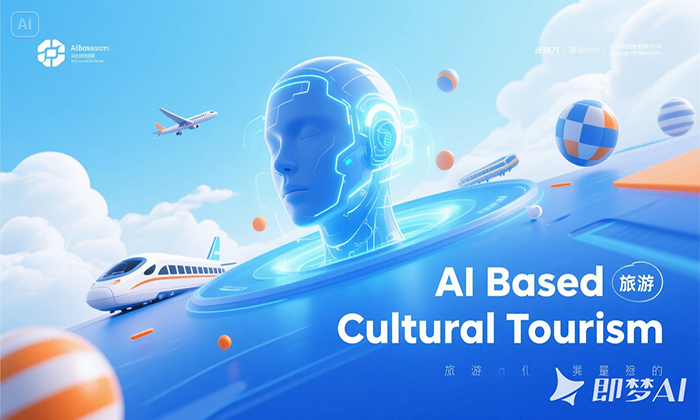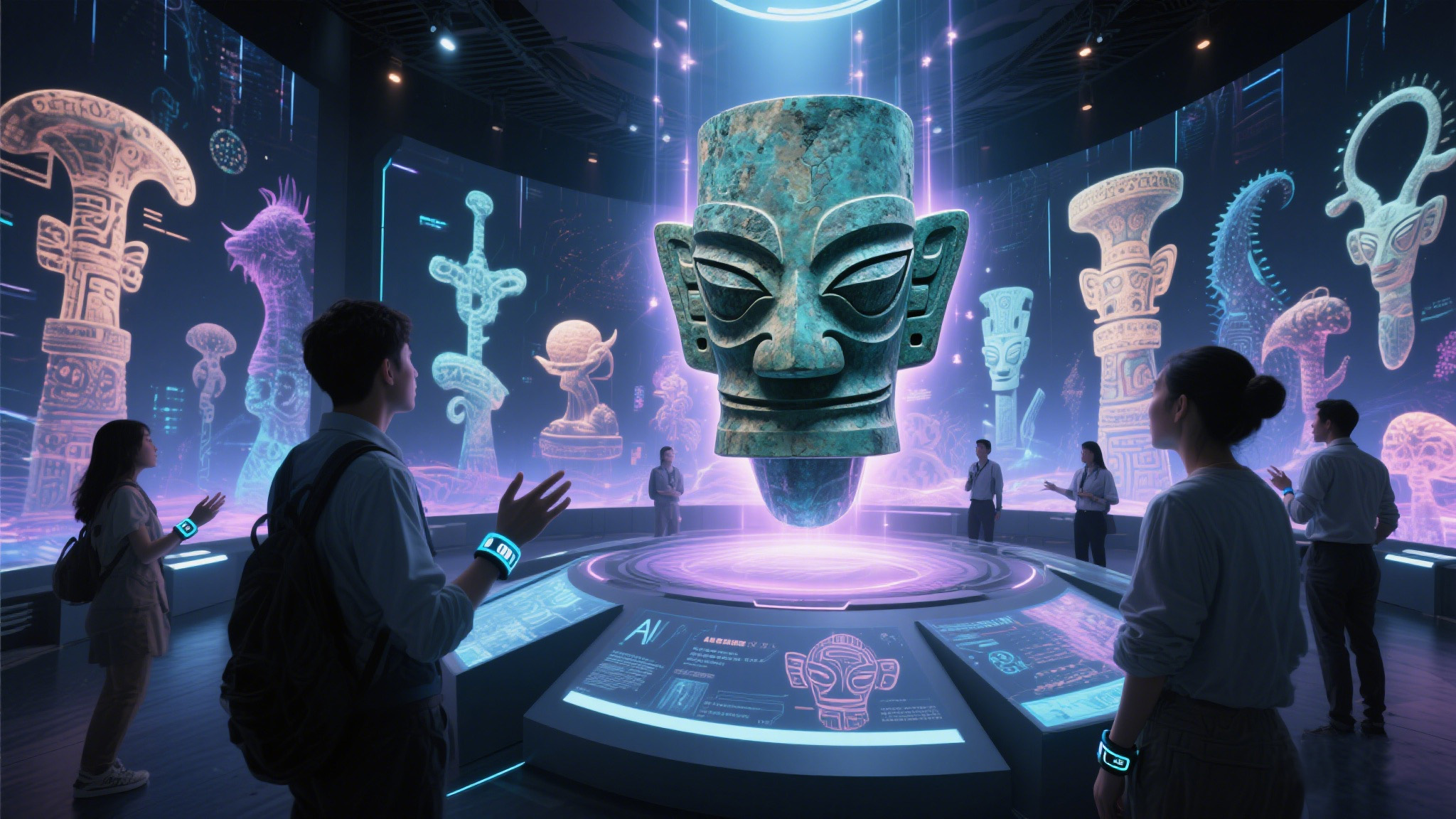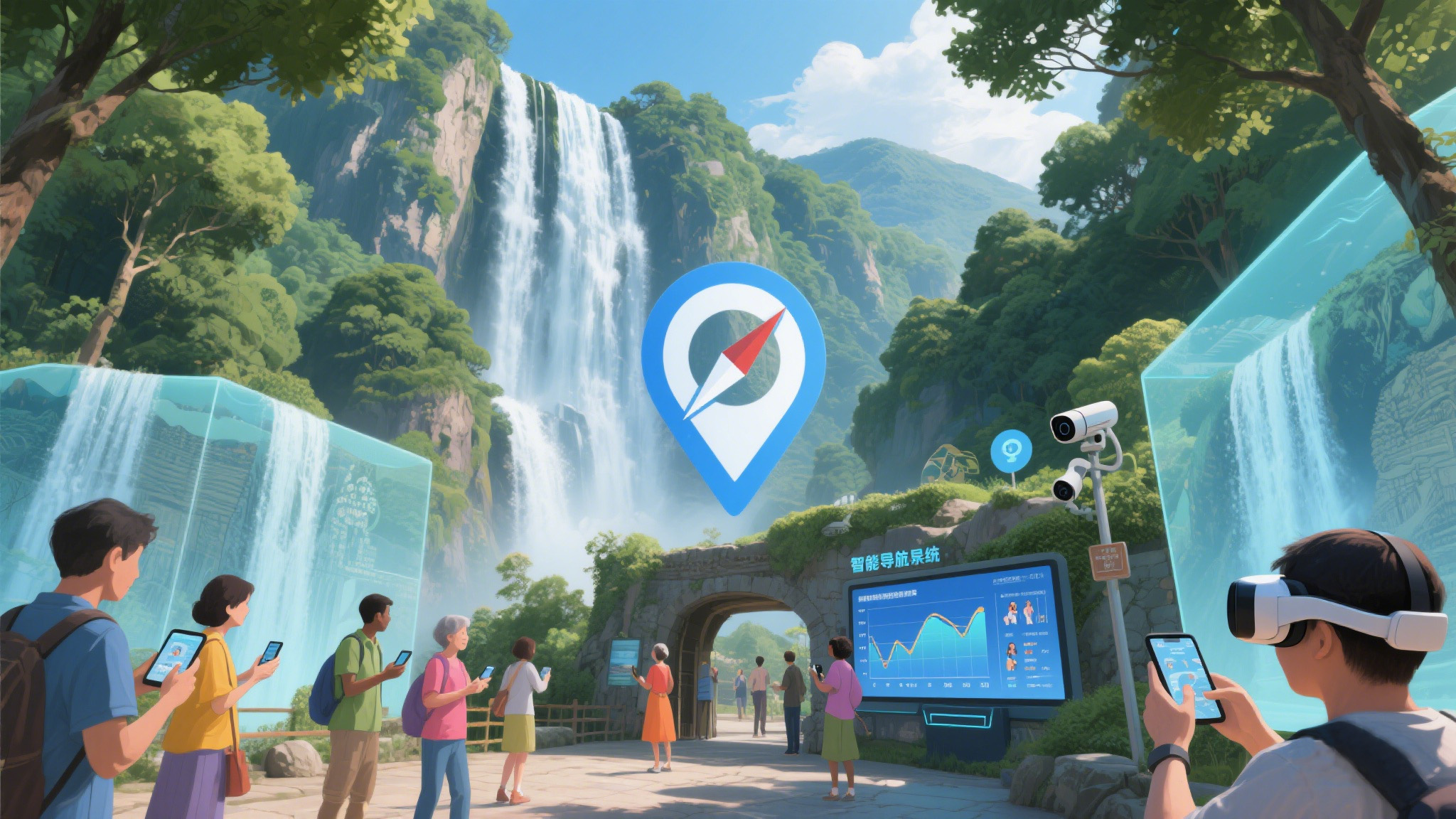The help of AI cultural tourism
单涡轮马猴烧酒 2025-05-26
AI is bringing significant help to the cultural and tourism (文旅) industry, transforming travel experiences, operational efficiency, and cultural dissemination. Here’s a detailed look at its applications in English:
AI is bringing significant help to the cultural and tourism (文旅) industry, transforming travel experiences, operational efficiency, and cultural dissemination. Here’s a detailed look at its applications in English:
1. Smart Tourism Services: Enhancing Visitor Experiences
1.1 Personalized Itinerary Planning
- AI algorithms analyze preferences: By processing user data (e.g., search history, consumption patterns, social media activities), AI generates customized travel routes. For example, Ctrip’s "AI Travel Planner" designs itineraries featuring niche attractions based on users’ interests in food, history, or natural landscapes.
- Real-time adjustments: Integrating real-time data on weather, traffic, and crowd density (e.g., Baidu Maps API), AI optimizes schedules dynamically. Jiuzhaigou Valley uses AI to predict visitor flows and recommend alternative routes to avoid congestion.
1.2 Intelligent Navigation and Interaction
- Multimodal guiding tools:
- Voice-guided tours: Dunhuang Mogao Grottoes’ "AI Docent" uses speech recognition to answer visitor questions and combines AR technology to explain mural stories.
- Visual recognition guides: The Forbidden City’s "Smart Guide" app identifies cultural relics via image recognition, offering 3D models and historical context.
- Virtual assistant services: Sentosa Island’s chatbot in Singapore provides real-time answers to ticket inquiries and facility information, supporting multilingual interactions.
1.3 Immersive Experience Innovation
- AI+VR/AR scene reconstruction:
- The Terracotta Army Museum uses AI to restore the original appearance of the pits, allowing visitors to "travel back" to Qin Dynasty construction sites via VR.
- Xi’an’s Datang Everbright City employs an "AI Virtual Tour Guide" with AR to let visitors interact and take photos with virtual Tang Dynasty characters.
- Generative AI content creation: AI automatically produces short video scripts and matches background music based on users’ uploaded photos (e.g., Huangshan Mountain’s "AI Short Video Assistant").
2. Industry Operations: Cost Reduction, Efficiency Improvement, and Management Upgrades
2.1 Smart Marketing and Precision Customer Acquisition
- User profiling and targeted promotion: OTAs (e.g., Fliggy) use AI to analyze user behavior and promote "off-the-beaten-path" packages (e.g., self-driving tours in Northwest China), increasing exposure for niche attractions.
- Automated content generation: AI creates marketing materials (text, videos, etc.) at scale. For instance, Yunnan’s Cultural and Tourism Department uses AI to produce short videos about intangible cultural heritage, tailored for platforms like Douyin and Xiaohongshu.
2.2 Intelligent Scenic Area Management
- Crowd forecasting and safety monitoring:
- Huangshan Mountain uses AI-powered cameras to analyze real-time visitor flows, alerting staff to congested areas and activating crowd-control plans.
- Jiuzhaigou introduces thermal imaging AI to monitor visitor density and prevent ecological overload.
- Predictive maintenance and energy management: AI algorithms predict equipment failures (e.g., cable cars, lighting systems) for proactive maintenance and optimize energy usage in scenic areas.
3. Cultural Preservation and Innovation
3.1 Digital Archiving of Cultural Heritage
- AI technologies like 3D scanning and computer vision help digitize relics and historical sites. For example, the Mogao Grottoes use AI to create high-precision digital copies, reducing physical damage from tourism while enabling global online access.
- AI-driven restoration: AI algorithms reconstruct damaged artifacts (e.g., ancient murals or statues) by referencing historical data and similar cultural relics.
3.2 Innovative Cultural Storytelling
- AI-generated narratives: Platforms like the "AI Cultural Heritage Storyteller" create interactive stories or games based on local legends. For instance, Lijiang uses AI to develop mobile games that let users "experience" Naxi ethnic culture.
- Cross-cultural communication: AI translation tools (e.g., real-time multilingual subtitles in museums) break language barriers, making cultural exhibitions accessible to global audiences.
4. Sustainable Tourism Development
- Eco-friendly resource management: AI optimizes water/energy use in resorts and predicts environmental impacts of tourism activities. Zhangjiajie National Forest Park uses AI to monitor carbon footprints and promote low-carbon travel routes.
- Responsible tourism promotion: AI recommends eco-friendly accommodations and activities (e.g., zero-waste homestays, community-led tours), aligning with global sustainability goals.







